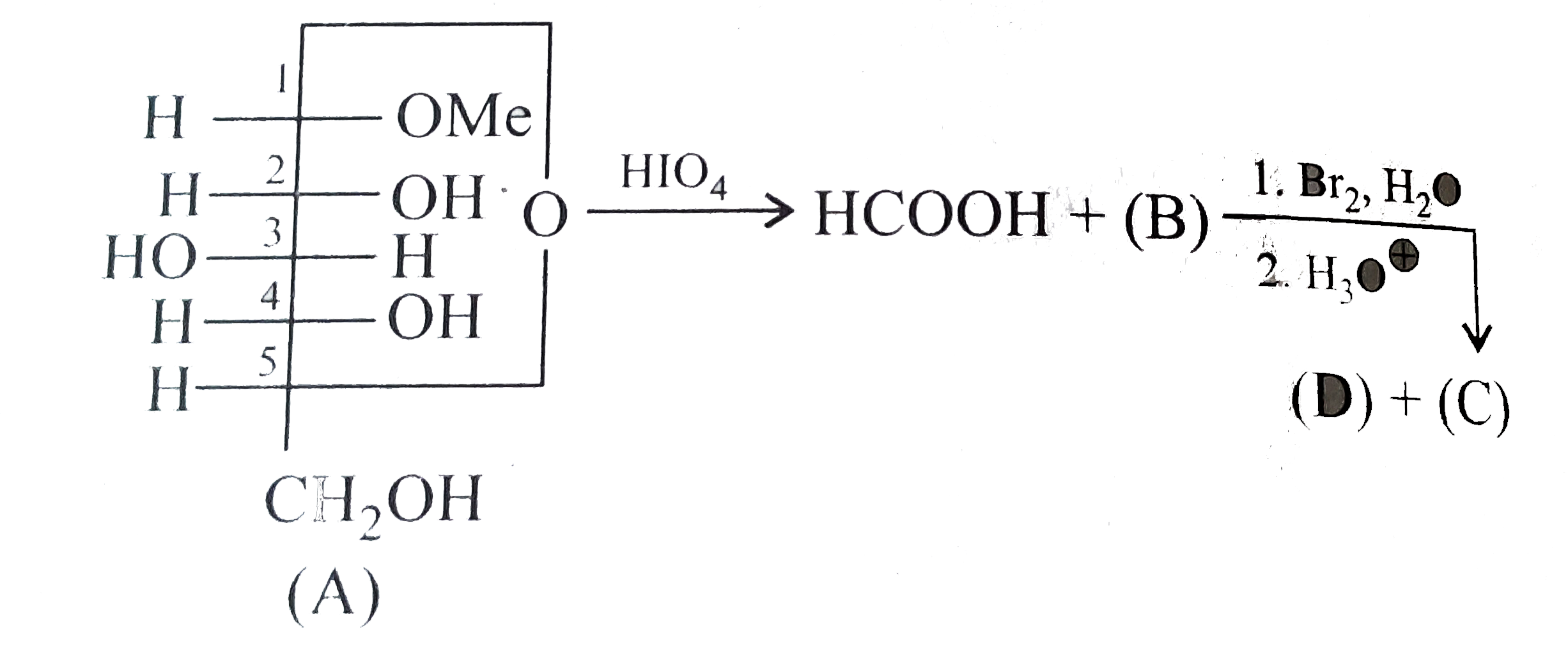i. Compound (A) 
ii. Compound (B)
iii. Alkene (C) and alkane (D)
Compound (A) is:
(a) 2,3-Dimethylbutane
(b) 2-Methylpentane
(c) 2,2-Dimethylbutane
(d) 3-Methylpentane
The correct Answer is:B
Topper's Solved these Questions
- ALKANES AND CYCLOALKANESBOOK - CENGAGE CHEMISTRY ENGLISHCHAPTER - ALKANES AND CYCLOALKANESEXERCISE - True and False
1 Videos
- ALKANES AND CYCLOALKANESBOOK - CENGAGE CHEMISTRY ENGLISHCHAPTER - ALKANES AND CYCLOALKANESEXERCISE - Fill in the Blanks
1 Videos
- ALKANES AND CYCLOALKANESBOOK - CENGAGE CHEMISTRY ENGLISHCHAPTER - ALKANES AND CYCLOALKANESEXERCISE - EXERCISES
24 Videos
- ALKENES AND ALKADIENESBOOK - CENGAGE CHEMISTRY ENGLISHCHAPTER - ALKENES AND ALKADIENESEXERCISE - Single correct Answer
14 Videos
Similar Questions

Compound (B) and (C) are :
View Solution
Compounds (B) and (C) are :
View Solution
Compounds (B) and (C) are:
View Solution
Compound (C) and (D) are:
View Solution
Compound (C) and (D) are:
View SolutionA compound (A) of boron react with NMe3 to give an adduct (B) which in hydrolysis gives a compound (C) and hydrogen gas. Compound (C) is an acid. Indenfity the compounds A,B and C. Give the reactions involved.
View Solution
Which of the phenol derivatives above is the strongest acid ?
□ Compound A □ Compound B □ Compound C
□ Compound D □ Compound E □ Compound F
View Solution
Which of the phenol derivatives above is the weakest acid ?
□ Compound A □ Compound B □ Compound C
□ Compound D □ Compound E □ Compound F
View SolutionMatch each of the following four structures with one of the compound A-D on the basis of the following experimental facts
Compound (A),(B) and ( C ) are optically active, but compound (D) is not
Compound (C ) gives the same products as compound (D) on treatment with periodic acid, But compound (B) gives a different product.
Compound (A) does not react with periodic acid.

Compound A-D are respectively?
View SolutionAn aliphatic unsaturated hydrocarbon (A) when treated with HgS∅H2SO4 yields a compound (B) having molecular formula C3H6O. (B) on oxidation with concentrated HNO3 gives two compounds (C) and (D). Compound (C) when treated with PCl5 gives compound (E). (E) when reacts with ethanol gives a sweet-smelling liquid (F). Compound (F) is also formed when (C) reacts with ethanol in the presence of concentrated H2SO4.
(i) Identify the compound A, B, C, D, E and F.
(ii) Give the chemical equation for the reaction of (C) with chlorine in the presence of red phosphorus and name the reaction.
View Solution

